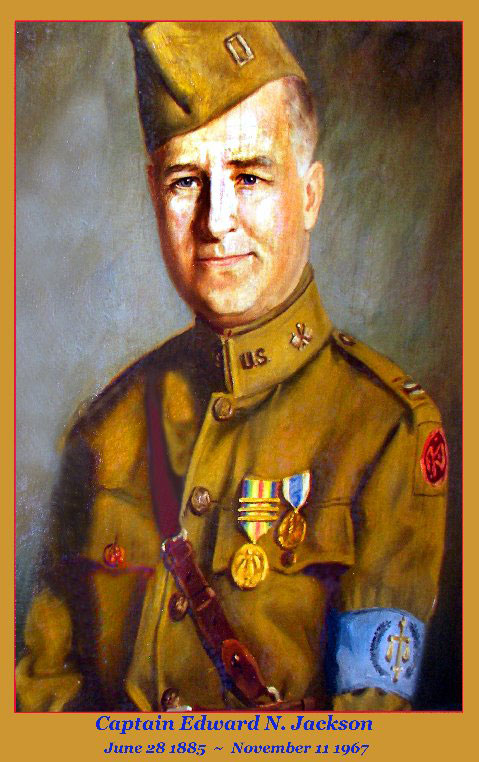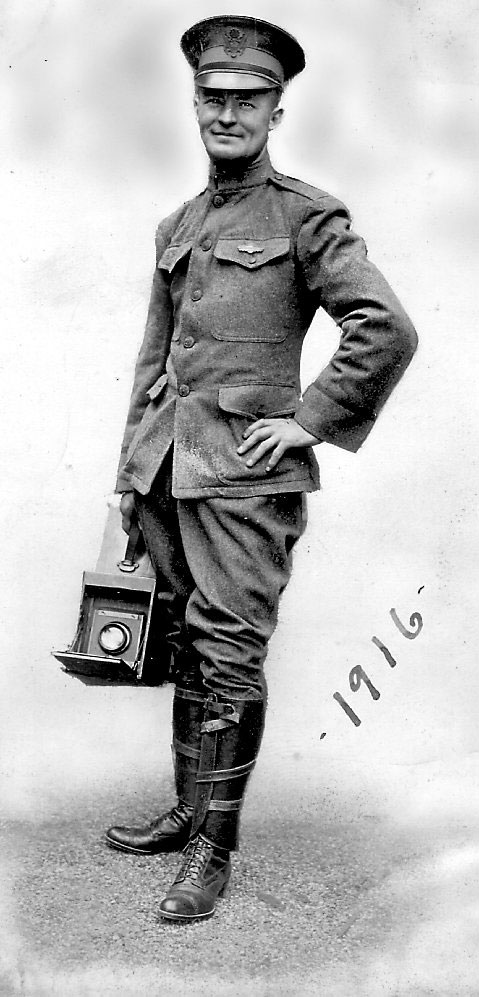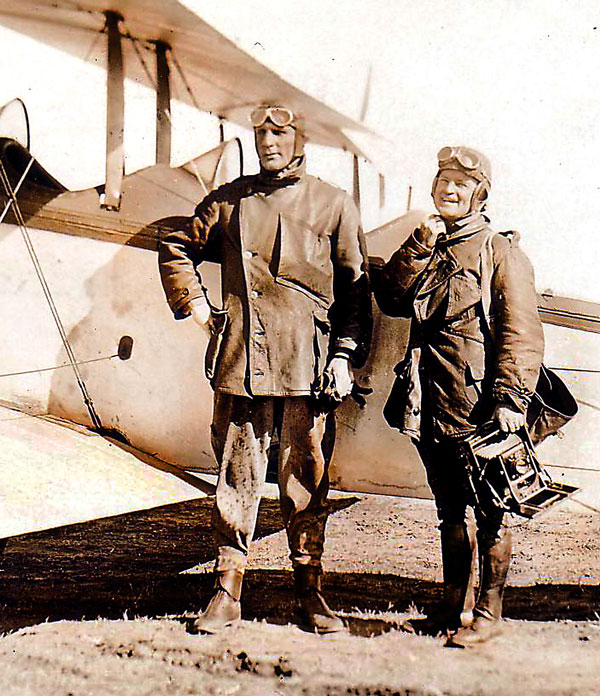

Edward Norman Jackson (June 28, 1885 –
November 11, 1967) An American photographer and
photojournalist for the New York Daily News. Jackson
was President Woodrow Wilson’s European
photographer during the close of WWI and
photographed “The Big Four” world leaders at the
Paris peace accord. For Jackson, news photography
was the “eyes” of the news.
The burgeoning use of photography for newspaper stories launched him into this budding vocation. From his personal journal: “A new field of photography was emerging in 1910; newspapers wanted photographs to replace sketches and drawings for the news events they were going to print. The era of news photography was just beginning and I wanted to become one in the worst way. I never doubted my decision."
In 1913 he accepted his first foreign free lance assignment and steamed to Panama aboard the Prince August William to photograph the Panama Canal before its official opening in 1914.This was the first of his many foreign news assignments. In 1915 Jackson was invited by his friend Thomas Alva Edison, newly appointed as President of the Naval Review Board, to document the inspection of a highly secret United States submarine “E-2” in the Brooklyn Navy yard. The United States had not entered WWI and did not want the warring nations to know about the development of submarine capability. Two weeks later the submarine mysteriously exploded killing several personnel. Jackson’s forbidden photograph of the damaged submarine appeared in all of the New York papers.
Many years past the draft age, Jackson joined the Army Signal Corps (reserves) at the age of 32 and reported for training at Camp Alfred Vail in Little Silver New Jersey on October 22nd 1917. Due to his extensive photographic experience he was promoted to 1st. Lieutenant and assigned to the 27th Division as “Official War Photographer.” Several months later he was selected to be President Woodrow Wilson’s official photographer.
Above text from http://www.edwardnjackson.com/index.html
Author and friend of this website Joseph J. Caro, is currently working on a book on Edward Jackson's life and work. He has graciously agreed to share some of his research with us. Over the next few weeks I will be adding Jackson's photos and some of his journal entries where he speaks about his experiences with the 27th Division.
Click on the book cover to take you to the book website and for purchase information
>


Jackson with pilot. Military doctrine of the time saw aircraft only in an observation role, hence their assignment to the Signal Corps
Jackson would have been one of the pioneers in this endeavor
PAGE 1


|